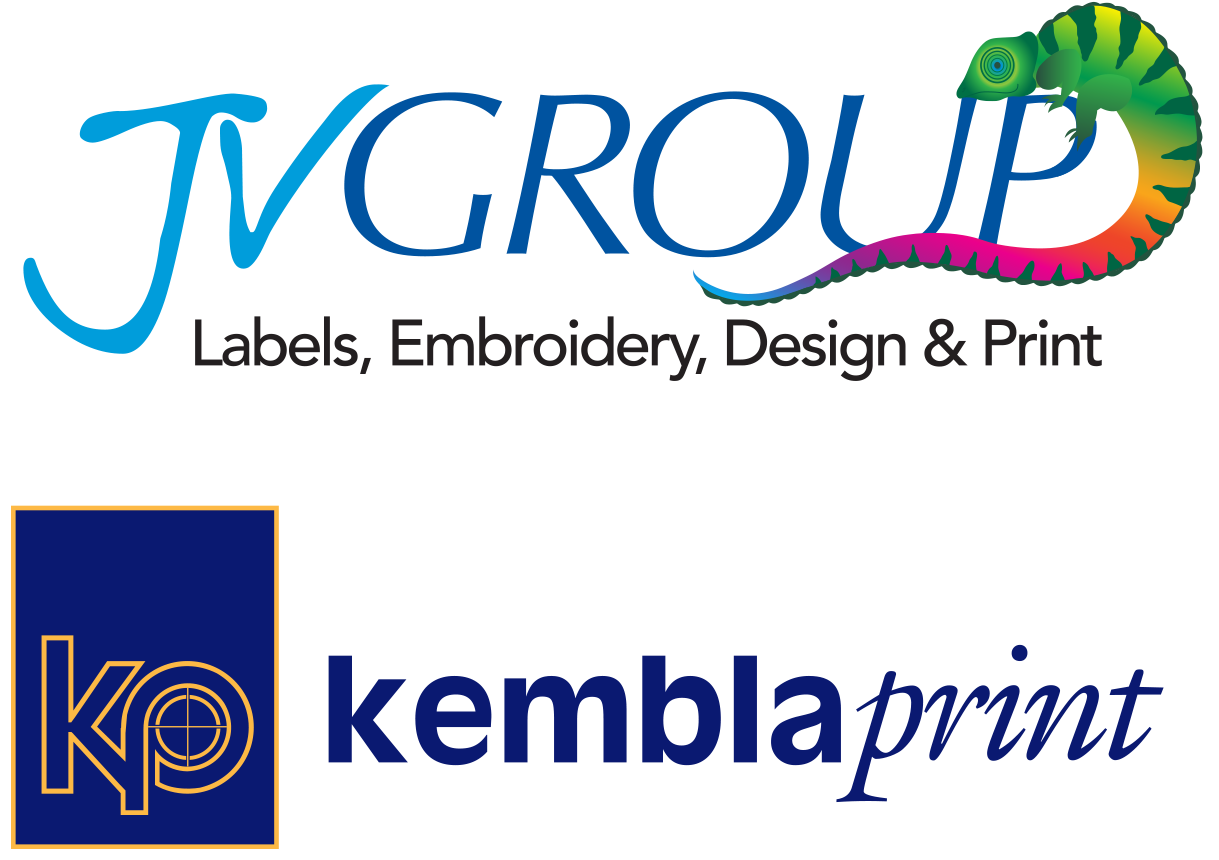Frequently Asked Questions
Labels
We can print on many different types of materials – from paper, thermal transfer, to polypropylene and other plastic type materials to withstand wet conditions. For example, bath and body products need labels that can withstand exposure to moisture and oils, whereas paper labels wouldn’t.
We can also laminate labels with a thin layer of clear film, which protects the inks and prevents the label from damage or rubbing off.
Software Supported
Adobe Photoshop – up to and including CS5
Adobe Illustrator – up to and including CS5
Please supply artwork in either an EPS or PDF format, with the fonts outlined or supplied. Please do not create text in Photoshop, as it may appear grainy on the final product. If there are any images that the design is linked to, please include those in addition to the design, so that it all links when we open the file and make sure that they are high resolution (300dpi), and are in either CMYK or PMS colours. We recommend including 2mm bleed around the design. Please ensure all main elements of the design – text, images, barcodes – are clear of the knifeline by at least 1.5mm, to allow for slight shifts during the die-cutting stage of production.
You can send us files via several different ways.
If your files are under 7mb, you can send them via email to [email protected].
If your files are larger than 7mb, you can register and send them to us via an upload site, such as dropsend.com or yousendit.com.
Otherwise, you can burn your files onto a CD and mail it to us.
Spot colours are also called PMS colours, and are what the print industry uses to match specific colours. Each spot colour is delegated a code number, so that it is easier to refer to a certain colour. For example, some of our clients have a carton printed for their product, but they want to order labels that match the same colour of their cartons. Spot colours are the industry standard for colour matching, so when someone specifies a certain colour, it will be matched to the swatch of the same colour code with minimal variations in tone and colour. Of course, that can depend on the paper stock and finishing as well, as some paper stocks ‘absorb’ the colour better, which can make the spot colour appear lighter. The same rule applies for labels that are varnished or gloss laminated.
Spot colours are good for text or anything that needs a very sharp and crisp line.
Embroidery
As our embroidery machine can embroider 8 shirts at the same time, the minimum number of items for embroidery is 8.
However, depending on our current workload, we may be able to accommodate smaller orders. Please call us on 02 9757 1311 to discuss your needs with our customer service representatives.
If you’re a business who requires uniforms, we will try our best to match the clothing item you already have. Please call to speak to our customer service staff who can assist you with your requests, and if you have an item from another supplier, we can advise you of the closest matches to your item. Just let our staff know what brand and colour of your item of clothing, and we can help you with your enquiry.
Yes, but in many cases we can save you both time and money by purchasing the product/s for you because of our volume discount with several of our suppliers.
If you have a logo that you need embroidered onto the item, we charge a once-off fee to cover the cost of digitizing your logo into an embroidery format. If you have clothing items that are individually packaged, we suggest that you take it out of it’s packaging before it is sent to us, as you will be charged an unpacking fee. All care is taken with shirts that clients have sent to us, but no responsibility will be taken if anything happens to it.
Ideally, clothing should be supplied in new condition, and out of its packaging.
Yes! We can embroider onto jackets, shorts, pants, trousers, hats, bags, towels, bed linen, tablecloths… Basically if we can frame it, we can embroider it. Please call us if you have questions about your particular item on 02 9757 1311. We also offer thermal (iron-on) for 1 or 2 colour logos and text if embroidery is not suitable for the item.
Embroidery is decorating fabric or other materials with needle and thread, by sewing the coloured thread directly onto and through fabric. For embroidery items, we have to frame each item in separate frames to pull the fabric taut and tight, and we usually use some backing fabric to strengthen the embroidery.
Iron-on thermal is a type of plastic film that adheres to material once heat is applied to it. Examples of iron-on thermal are sports jerseys with numbering on the back of them. Iron-on thermal is best suited for strong hardy fabrics, and is not recommended for weatherproof jackets or ‘slippery’ fabrics.
Unfortunately, we are unable to sew fabric patches or pockets onto clothing as our machines are designed to sew coloured thread directly onto the fabric.
